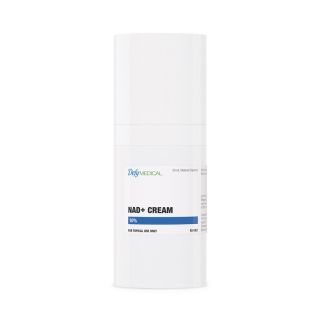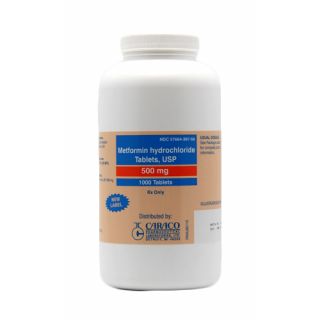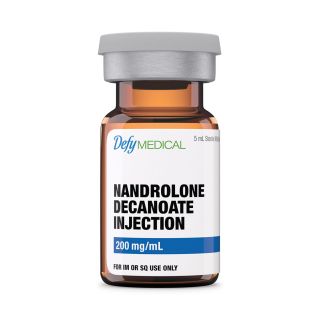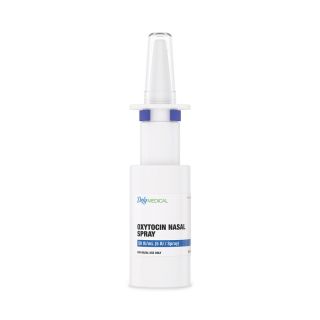Men's Health
-
 Methylene Blue 10mg Capsule (Qty: 1)Learn More
Methylene Blue 10mg Capsule (Qty: 1)Learn MoreIts antioxidant qualities have led to a recent increase in its popularity as a component of overall wellness in longevity care and age management.
Learn More -
 Methylene Blue 15mg Capsule (Qty: 1)Learn More
Methylene Blue 15mg Capsule (Qty: 1)Learn MoreIts antioxidant qualities have led to a recent increase in its popularity as a component of overall wellness in longevity care and age management.
Learn More -
 Methylene Blue 25mg Capsule (Qty: 1)Learn More
Methylene Blue 25mg Capsule (Qty: 1)Learn MoreIts antioxidant qualities have led to a recent increase in its popularity as a component of overall wellness in longevity care and age management.
Learn More -
 Methylene Blue 5mg Capsule (Qty: 1)Learn More
Methylene Blue 5mg Capsule (Qty: 1)Learn MoreIts antioxidant qualities have led to a recent increase in its popularity as a component of overall wellness in longevity care and age management.
Learn More -
 NAD+ 10% Topical Cream (30 mL)Learn More
NAD+ 10% Topical Cream (30 mL)Learn MoreNicotinamide Adenine Dinucleotide (NAD+) is a universal cellular electron transporter, coenzyme, and signaling molecule present in all cells of the body and is essential for cell function and viability.[1][2] Along with NAD+, its reduced (NADH) and phosphorylated forms (NADP+ and NADPH) are also important.[1][2] NAD+ and its redox partner NADH are vital for energy (ATP) production in all parts of cellular respiration: glycolysis in the cytoplasm and the Krebs cycle and electron transport chain in the mitochondria.
Learn More -
 NAD+ Nasal Spray 300mg/ml (15ml)Learn More
NAD+ Nasal Spray 300mg/ml (15ml)Learn MoreGiven the integral role that NAD+ plays in all the body's major processes as detailed in the previous section, it is essential to ensure that NAD+ levels are optimal.
Learn More -
 Phentermine 30mg IR CapsuleLearn More
Phentermine 30mg IR CapsuleLearn MoreLimited data are available in reference texts regarding the mechanism of action of this drug. Phentermine is an analog of methamphetamine. Similar to the amphetamines, phentermine increases the release of norepinephrine and dopamine from nerve terminals and inhibits their reuptake. Thus, phentermine is classified as an indirect sympathomimetic.2 Other effects include a weak ability to dose-dependently raise serotonin levels, although the effect on serotonin occurs is less potent than that of methamphetamine itself.3 Clinical effects include CNS stimulation and elevation of blood pressure. Appetite suppression is believed to occur through direct stimulation of the satiety center in the hypothalamic and limbic region.
Learn More



